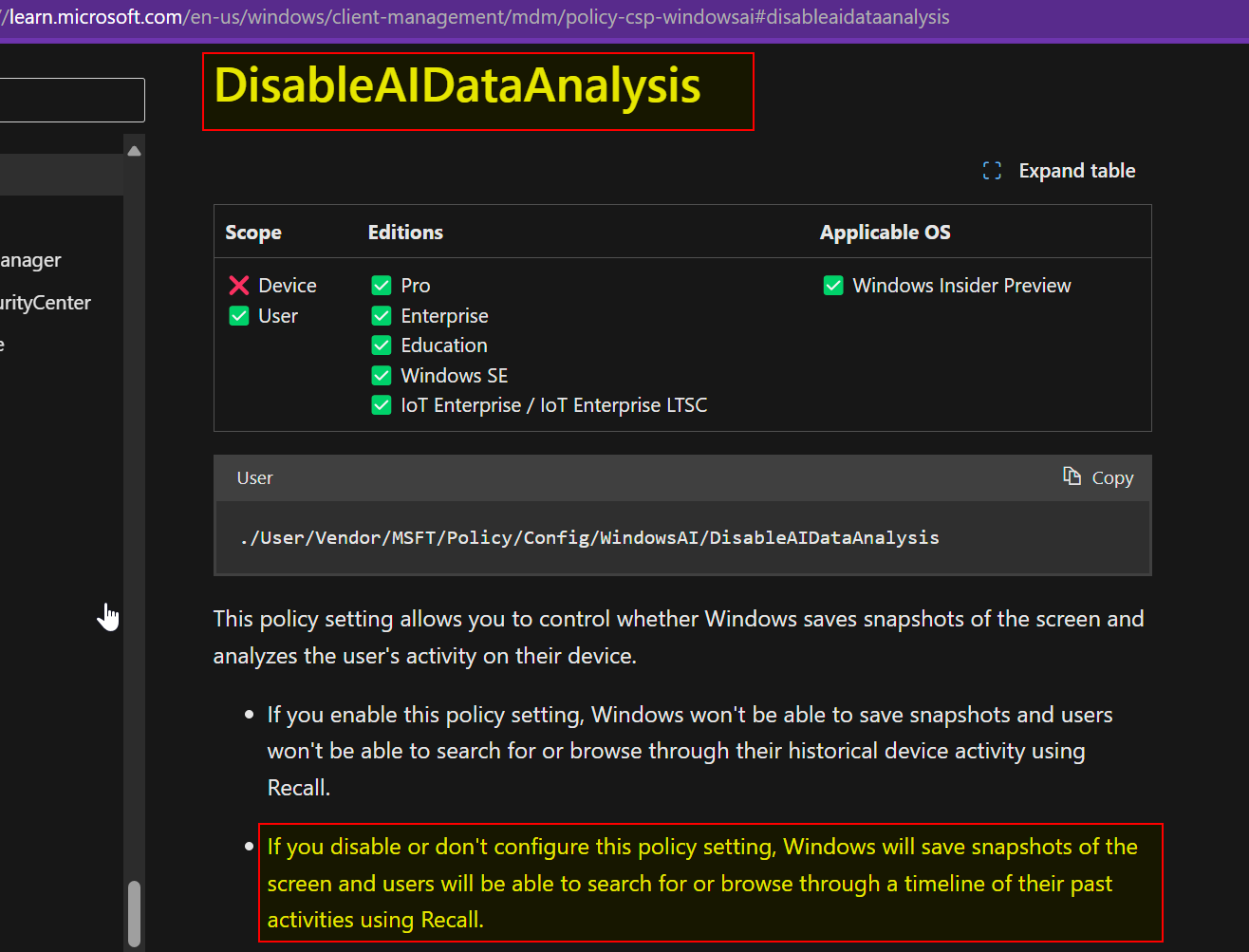Trademark Symbols — How to Use ®, TM, and SM Correctly
Understanding the correct usage of trademark symbols — ®️, TM, and SM — is not merely a matter of aesthetic preference; it is a legal tool available to you for protecting your brand. These designations are indicators of your trademark’s legal status and serve to communicate the status of your claim to brand protection to competitors. In this article we will provide a guide to using these symbols correctly so you can safeguard your brand.
TM
The little “TM” characters you see (aka Trade Mark Symbol) serve as a claim to a particular word, name, or logo, that you associate with your brand and product offerings, denoting an intention to use such branding as an official trademark of your business, even if you have not officially completed or began the trademark process.
This offers preliminary protection against unauthorized use by signaling to third parties that you are staking your claim to the branding. With that said, use of the “TM” designation does not provide the legal safeguards afforded by actually registering for a federal or state trademark registration.
In an online setting, the symbol should be placed immediately adjacent to the element you are claiming trademark rights in, commonly in superscript or subscript form — for example, BrandName™.
In a physical retail environment, the “TM” symbol often appears on product packaging, labeling, or signage in a similar manner, such as ‘BrandName™ Hand Cream.’ Utilizing the “TM” symbol can serve as a deterrent against potential infringement and establishes a public record of your trademark claim.
SM
The “SM” symbol characters that you may have seen (aka “Service Mark”) is analogous to the “TM” symbol, with the primary difference being the type of offering they represent. While “TM” is commonly used for products or physical goods, “SM” is intended for use in connection with service offerings.
In other words, the SM denotes the services provided by a business or individual. Like the “TM” symbol, the “SM” indicator does not require formal registration and serves to put the public on notice of your claim to the Service Mark.
For example, if you are running a business that offers consulting services named “ServiceBrand,” you could display the name as “ServiceBrand℠” to signify that you claim service mark rights to this specific branding related to your service offerings.
The symbol should be situated immediately next to the service mark and is often rendered in superscript. Although using “SM” provides some legal protections, it does not replace the comprehensive benefits of federal or state level registration.
®️
The key distinction between the registered trademark symbol (®) and the unregistered “TM” and “SM” symbols lies in their legal status and the scope of protection they afford.
The ® symbol is used only after successfully completing the formal registration process with the appropriate governmental agency, granting the mark holder exclusive rights and robust legal protection against infringement within that jurisdiction. Conversely, the “TM” and “SM” symbols indicate an intent to claim a trademark or service mark but do not denote official registration.
While these unregistered marks provide a preliminary level of protection by signaling a claim to the name or logo, they lack the full legal defenses available to registered marks.
How do you obtain a federal trademark registration so you can use the symbol with your product or service offerings?
Securing a federal trademark registration involves a multi-step process administered by the United States Patent and Trademark Office (USPTO). Initially, an applicant must conduct a thorough search to ascertain that the desired trademark does not conflict with existing registered or pending trademarks.
Subsequent to this due diligence, the applicant files a formal application with the USPTO, providing essential details such as the name of the trademark, the goods or services it will represent, and a specimen showing the mark as used in commerce.
Upon filing, the application undergoes a rigorous examination process, including legal review by a USPTO examining attorney. If the application meets all statutory requirements and overcomes any objections or oppositions, it advances to registration, conferring exclusive rights to the mark holder. It’s worth noting that the timeline for this process can take up to multiple years, depending on various factors including current USPTO processing times, and potential legal challenges.
Want to know more about trademark protection?
Get in touch at: https://us21.list-manage.com/contact-form?u=9e03c487afb57ae24e61f4536&form_id=64915f6c8e8049aa6816c8f80ffed27a







